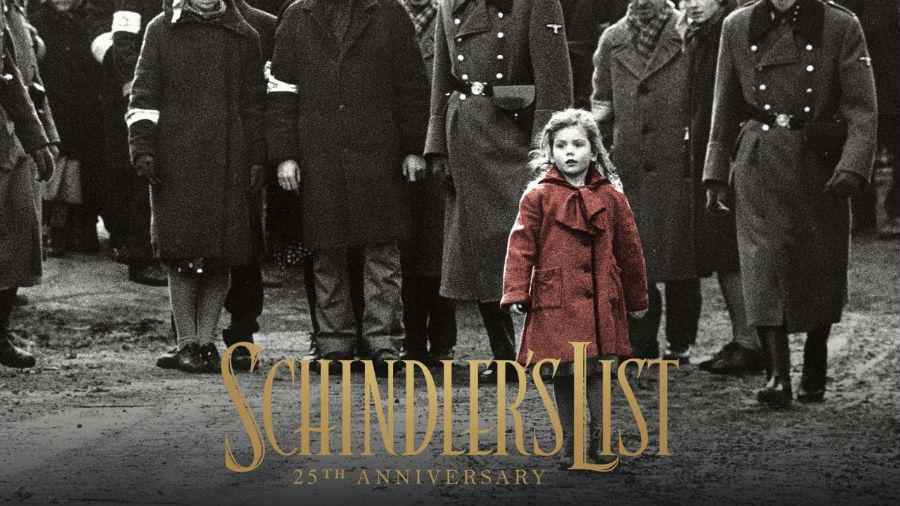Schindler’s List (1993)
Introduction
Schindler’s List is a powerful and impactful film directed by Steven Spielberg, which was released in 1993. The movie is based on the true story of Oskar Schindler, a German businessman who saved the lives of more than a thousand Jewish refugees during the Holocaust. In this article, we will delve into the details of this remarkable film, exploring its historical significance, cinematic qualities, and lasting impact.
The Historical Significance of Schindler’s List
Schindler’s List is set in the backdrop of World War II and the Holocaust, one of the darkest periods in human history. The film depicts the atrocities committed by the Nazis against the Jewish population and sheds light on the resilience and courage of those who fought for survival. It serves as a poignant reminder of the horrors of the Holocaust and the importance of never forgetting such atrocities.
The Cinematic Qualities of Schindler’s List
Spielberg’s direction and the screenplay by Steven Zaillian create a compelling narrative that keeps the audience engaged throughout the film. The black-and-white cinematography adds a sense of authenticity and enhances the emotional impact of the story. The acting performances, especially by Liam Neeson as Oskar Schindler and Ralph Fiennes as Amon Goeth, are exceptional and bring depth to the characters.
The film’s soundtrack, composed by John Williams, also plays a crucial role in creating a powerful atmosphere. The haunting melodies evoke a range of emotions, from sorrow to hope, and contribute to the overall impact of the film.
The Lasting Impact of Schindler’s List
Schindler’s List received critical acclaim upon its release and went on to win seven Academy Awards, including Best Picture and Best Director. The film’s success not only brought attention to the Holocaust but also sparked discussions about the responsibility of individuals in the face of injustice.
Furthermore, Schindler’s List has become an educational tool, with many schools incorporating it into their curriculum to teach students about the Holocaust and its devastating consequences. The film’s message of compassion and humanity continues to resonate with audiences, making it a timeless masterpiece.
Conclusion
Schindler’s List is a remarkable film that tells a powerful and important story. Its historical significance, cinematic qualities, and lasting impact make it a must-watch for anyone interested in understanding the Holocaust and the triumph of the human spirit in the face of adversity. Through its poignant storytelling and memorable performances, Schindler’s List continues to educate, inspire, and remind us of the atrocities committed during World War II.
FAQs
1. Is Schindler’s List based on a true story?
Yes, Schindler’s List is based on the true story of Oskar Schindler and his efforts to save Jewish refugees during the Holocaust.
2. What awards did Schindler’s List win?
Schindler’s List won seven Academy Awards, including Best Picture and Best Director.
3. How long is Schindler’s List?
Schindler’s List has a runtime of approximately three hours and fifteen minutes.
4. What is the significance of the red coat in Schindler’s List?
The red coat serves as a symbol of innocence and humanity amidst the atrocities of the Holocaust.
5. What impact did Schindler’s List have on Holocaust education?
Schindler’s List has become an important educational tool, helping to teach students about the Holocaust and its historical significance.
Remember, the Holocaust is a sensitive topic, and it is crucial to approach it with respect and empathy. Schindler’s List offers a meaningful portrayal of this tragic period in history, and it is important to honor the memory of those who suffered.
